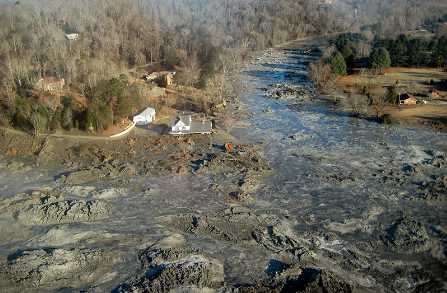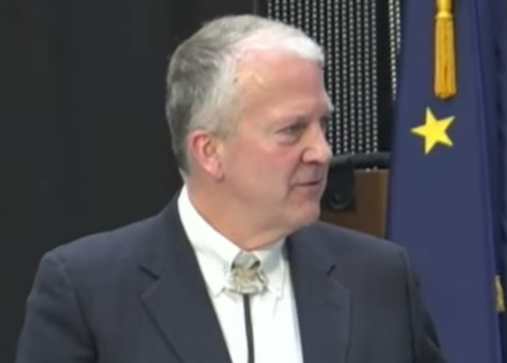WASHINGTON – The Pentagon and the Navy are reviewing security procedures worldwide in the wake of last week’s tragic shootings at the Washington Navy Yard, Deputy Defense Secretary Ash Carter said Wednesday, with the aim of enhancing prevention of and response to any future such incidents.
Carter offered his sympathies to everyone affected “by this deplorable act of violence.”
“The Department of Defense is a family. And when a family member’s taken from us, it affects us all,” he said in a briefing to Pentagon reporters. “So to those who are grieving, on behalf of the entire department family, please know that our thoughts and our prayers and our strength are with you.”
The deputy secretary said the department is “determined to learn from this tragedy and to take decisive action to prevent such a tragedy from happening again.”
Carter continued, “The bottom line is, we need to know how an employee was able to bring a weapon and ammunition onto a DOD installation, and how warning flags were either missed, ignored, or not addressed in a timely manner.”
The deputy secretary briefed reporters on the two reviews, along with a third examination that will be conducted by an independent panel. Carter said former assistant secretary of defense for homeland security Paul N. Stockton and former commander of U.S. Special Operations Command, retired Navy Adm. Eric T. Olson, have agreed to lead the independent review.
Together, Carter said, the efforts will analyze physical security measures at U.S. military installations, security clearance processing procedures and emergency response plans.
Navy Secretary Ray Mabus has approved two recommendations tightening security management within Navy chains of command. Carter noted the Navy, DOD and independent reviews will all feed into a larger, White-House-led look at physical security and emergency response across government.
“We want to look at the whole system and the whole family of incidents that occur,” Carter said.
Defense Secretary Chuck Hagel ordered the three department reviews, Carter said.
Hagel’s “guidance was clear,” Carter said. “The independent panel is to arrive at its own conclusions and make its own recommendations.”
Stockton and Olson are uniquely suited to identifying security shortcomings, Carter said. Stockton, he said, brings knowledge from his work leading the department’s internal review and response to the Fort Hood shootings in 2009. And, Carter said, Olson’s “deep knowledge of special operations and intelligence communities, [and] his personal experience evaluating and developing physical security plans, will all be invaluable.”
Together, the efforts are intended to be comprehensive, complementary and mutually reinforcing, Carter said. The department’s internal review will be led by Mike Vickers, undersecretary of defense for intelligence, Carter said.
The department’s synthesized findings will be in Hagel’s hands by Dec. 20, Carter said. Then at Hagel’s direction, he added, “the department will take appropriate actions after carefully considering all of the recommendations put forward.”
In examining security clearance procedures, the department’s internal review will seek to point out “what steps we can take to tighten the standards and procedures for granting and renewing security clearances for DOD employees and contract personnel,” Carter said.
Millions of Americans in this and other departments hold clearances, he said, and overall government-wide handling of security clearances will be one focus of the White House’s study.
“There are many contractors who are central to the accomplishment of the mission of this department,” Carter said. “And they, like our government employees, both civilian and military, all three of those populations contribute to the defense mission, and they’re all part of the review.”
Carter echoed Hagel’s remarks last week: “Where there are gaps, we’ll close them. Where there are inadequacies, we will address them. And where there are failures, we will correct them. That process is underway. We owe nothing less to the victims, their families, and every member of the Department of Defense community.”
In response to a question, Carter noted that the alleged shooter’s previous record of firearms incidents was “something that jumped out at me” in reports following last week’s incident in which a Navy contractor shot dead 12 civilians working at the Washington Navy Yard.
Carter said he and Hagel are concerned at the existence of such “evidence that there was behavior well before the Washington Navy Yard incident, which had it been spotted and understood to be indicative of this possibility might have led to an intervention that would have prevented [the shootings].”
Carter added, “That’s exactly the kind of thing that we need to look at in the review — exactly.”
Source: DOD







